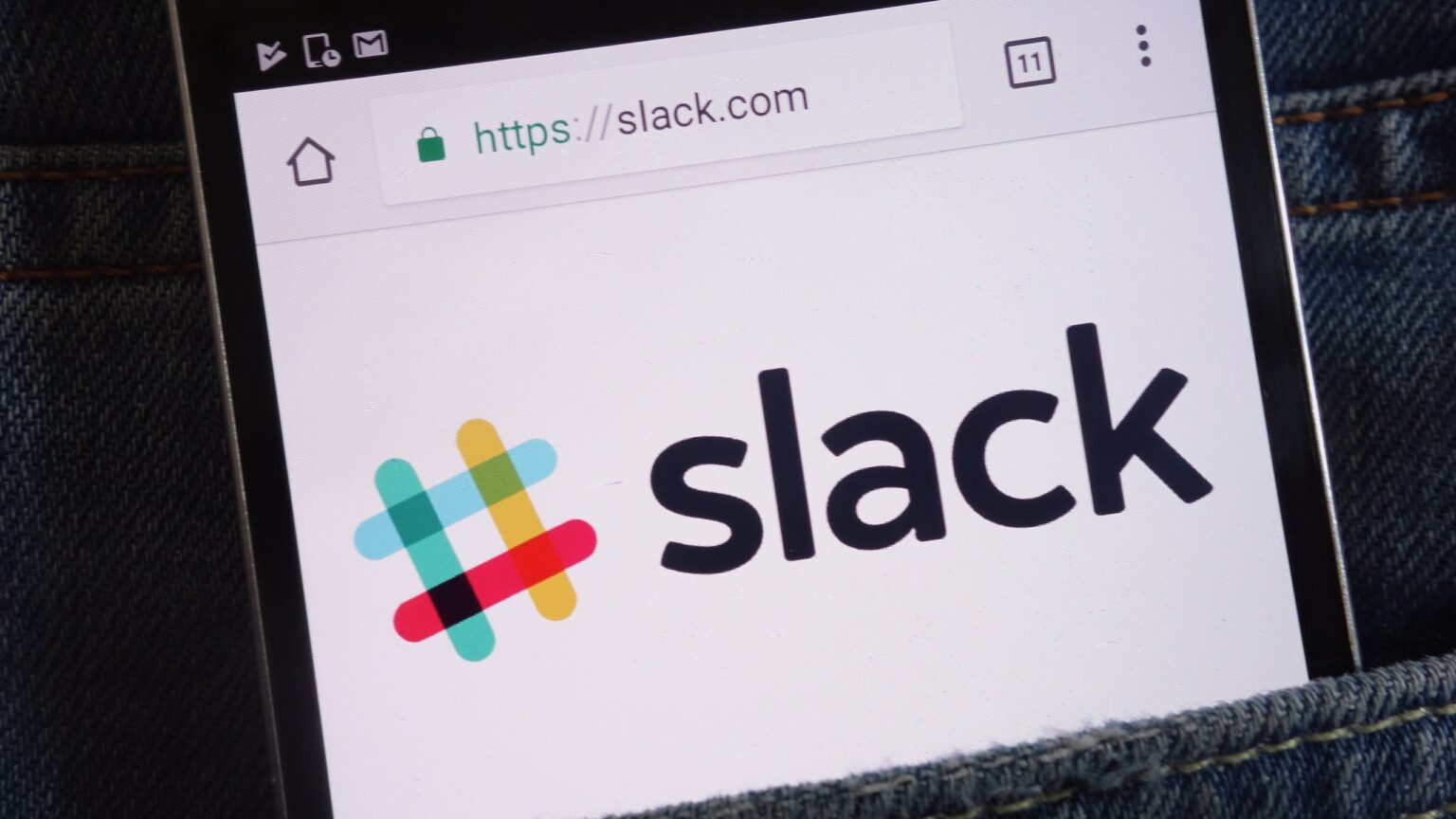Slack is the latest company to integrate a chatbot into its system, making it easy for users to enjoy modern features that simplify how they go about their business activities.
Workplace messaging application Slack will introduce an in-app AI chatbot that assists users in writing, taking notes on calls, summarizing messages missed by workers in channels, and adjusting/shortening the tone of messages. The news was announced by parent company Salesforce during an an event in New York on May 4.
The AI chatbot dubbed Slack GPT will be rolled out in 2024, according to Ali Rayl, senior vice president of products at Slack.
How will Slack GPT work?
Anyone familiar with Slack can attest to missing certain messages and calls in the various channels.
With Slack GPT, users can request the chatbot to record what was said in a group call that took place on the applications. Aside from that, if a worker misses messages due to work overflow or a family emergency, they can ask the chatbot to summarize all missed dispatches.
The latest news comes two months after Salesforce gave way for Anthropic’s Claude and ChatGPT, two of the leading chatbots, to be used on Slack. While Slack GPT will be able to access all the native features associated with the application, the other external chatbots have thus far been limited.
The latest AI tech by Slack’s Salesforce
Salesforce also revealed “no-code” features for professionals to be rolled out in the summer. The no-code features include tools for marketers, developers/information technology (IT) workers, and customer service workers which provide AI-generated responses to customers and auto-generate images and campaign copies among others.
Founded in Vancouver, Canada in 2009, Slack has more than 20 million active users. Forecasts suggest it could have 79 million monthly users by 2025.
Salesforce has brought above-average returns this year
While Salesforce Inc. is not known among many technology stock investors, it has been one of the best-performing stocks this year.
While Microsoft Corporation (MSFT), Alphabet Inc. (GOOGL), Meta Platforms Inc. (META), Arista Networks Inc. (ANET), and Nvidia Corporation (NDVA) are being recommended by analysts, CRM has soared by 43% year-to-date (YTD).
The stock brought 48% gains to holders in Q1, 2023 and continues to trade around $200, as of 14:00 UTC on May 4.










 and then
and then